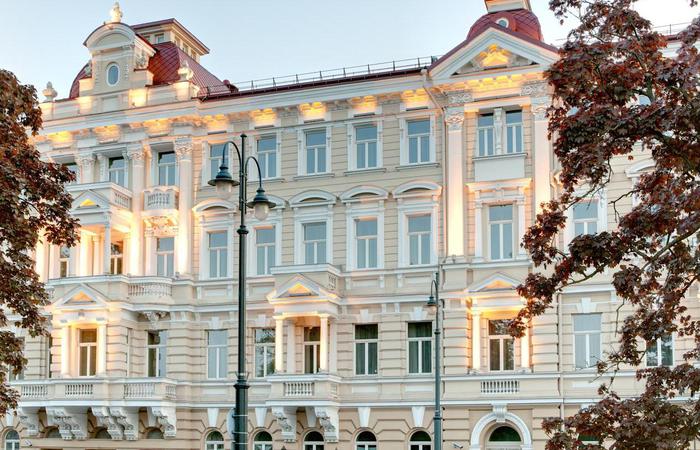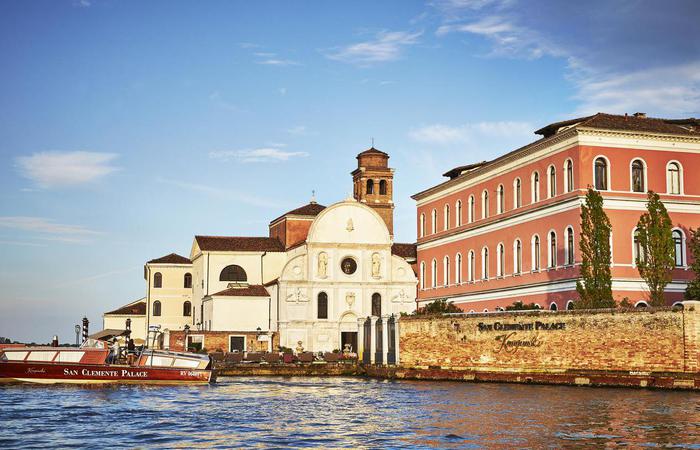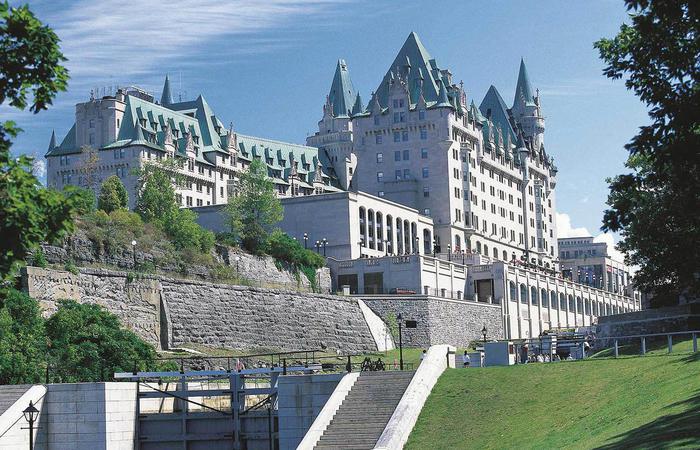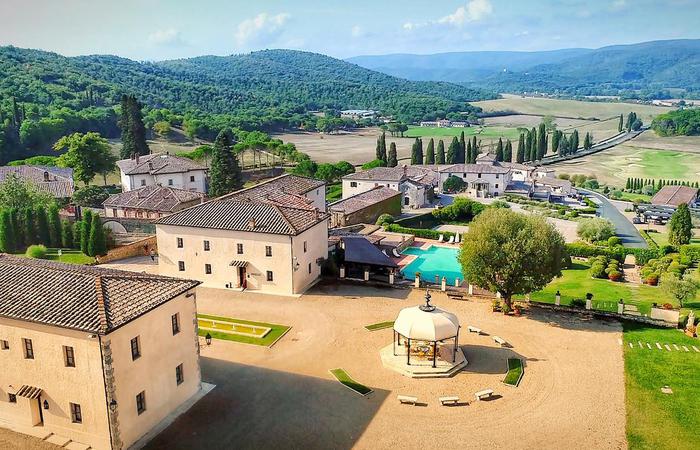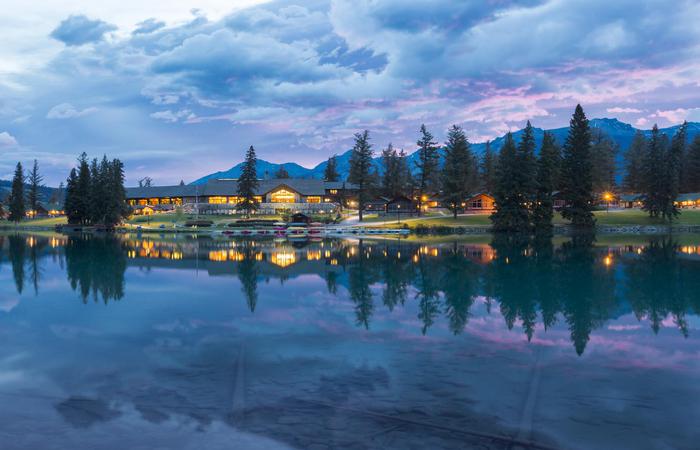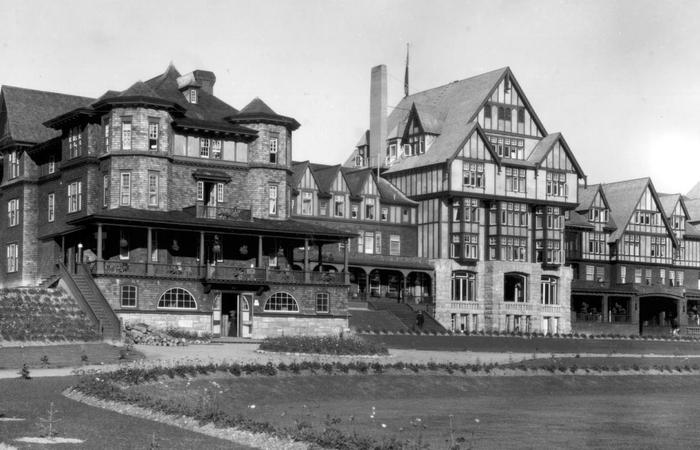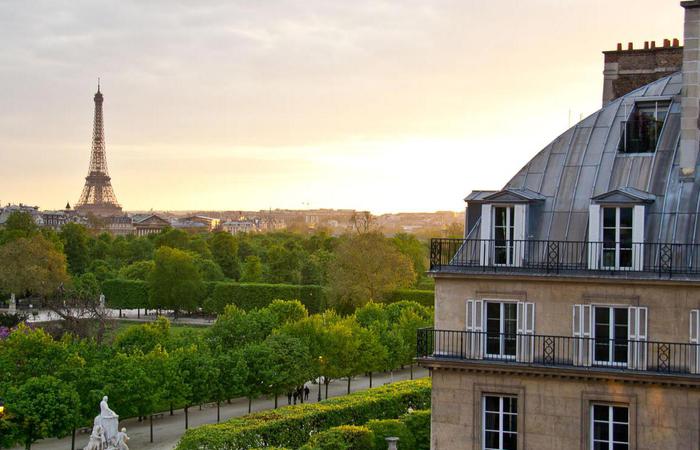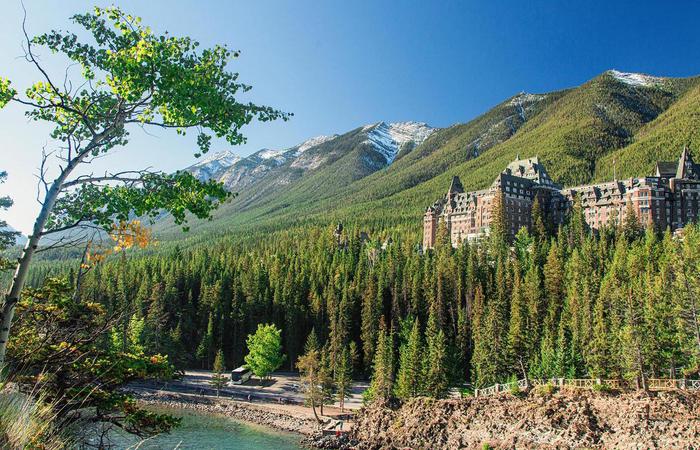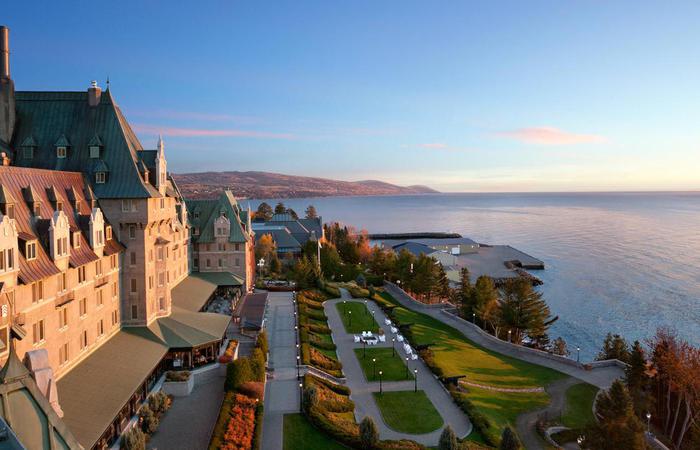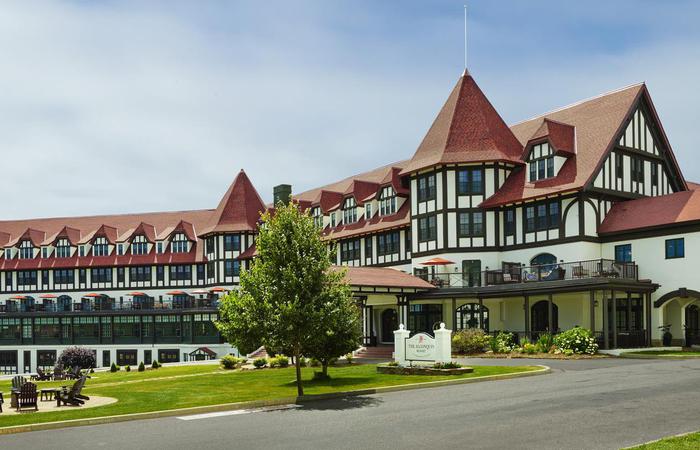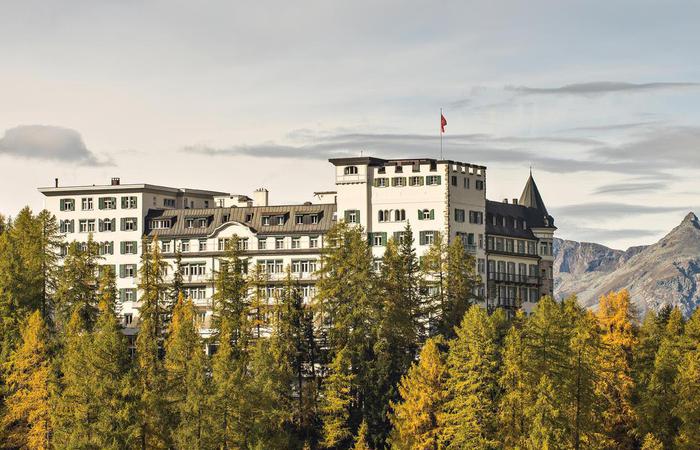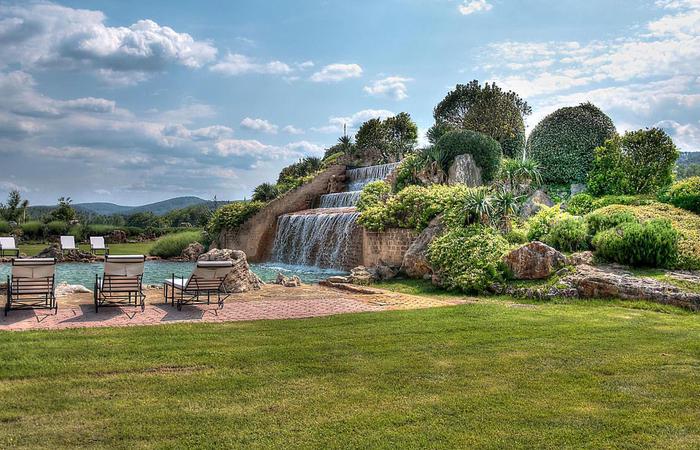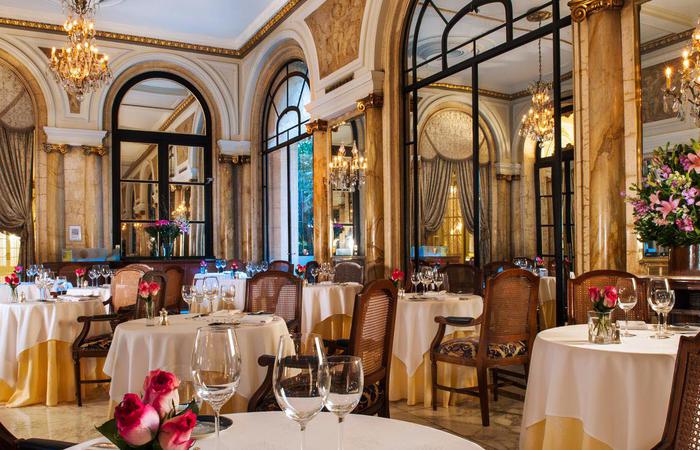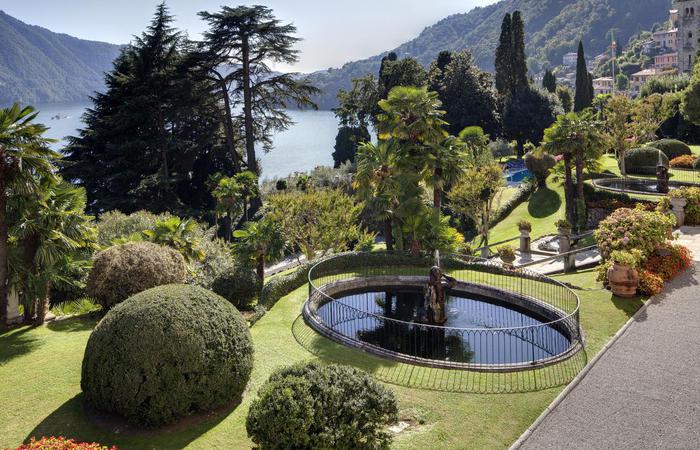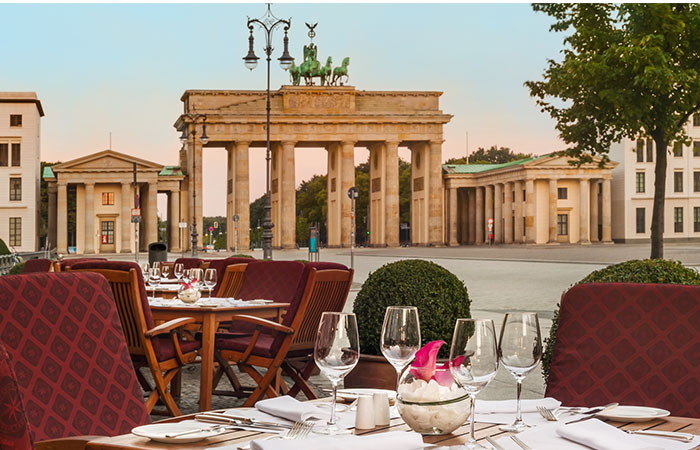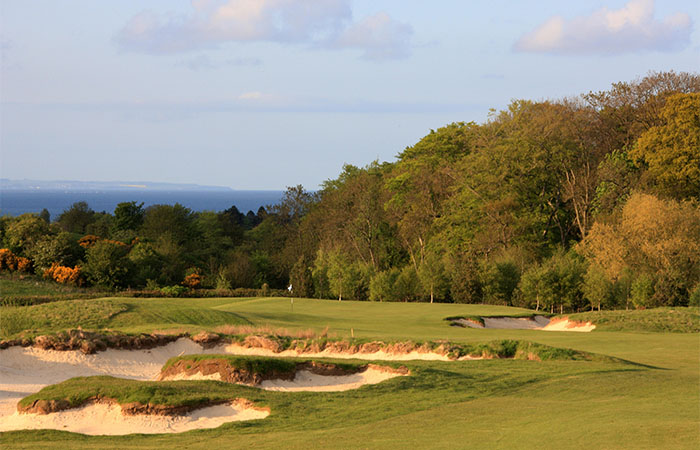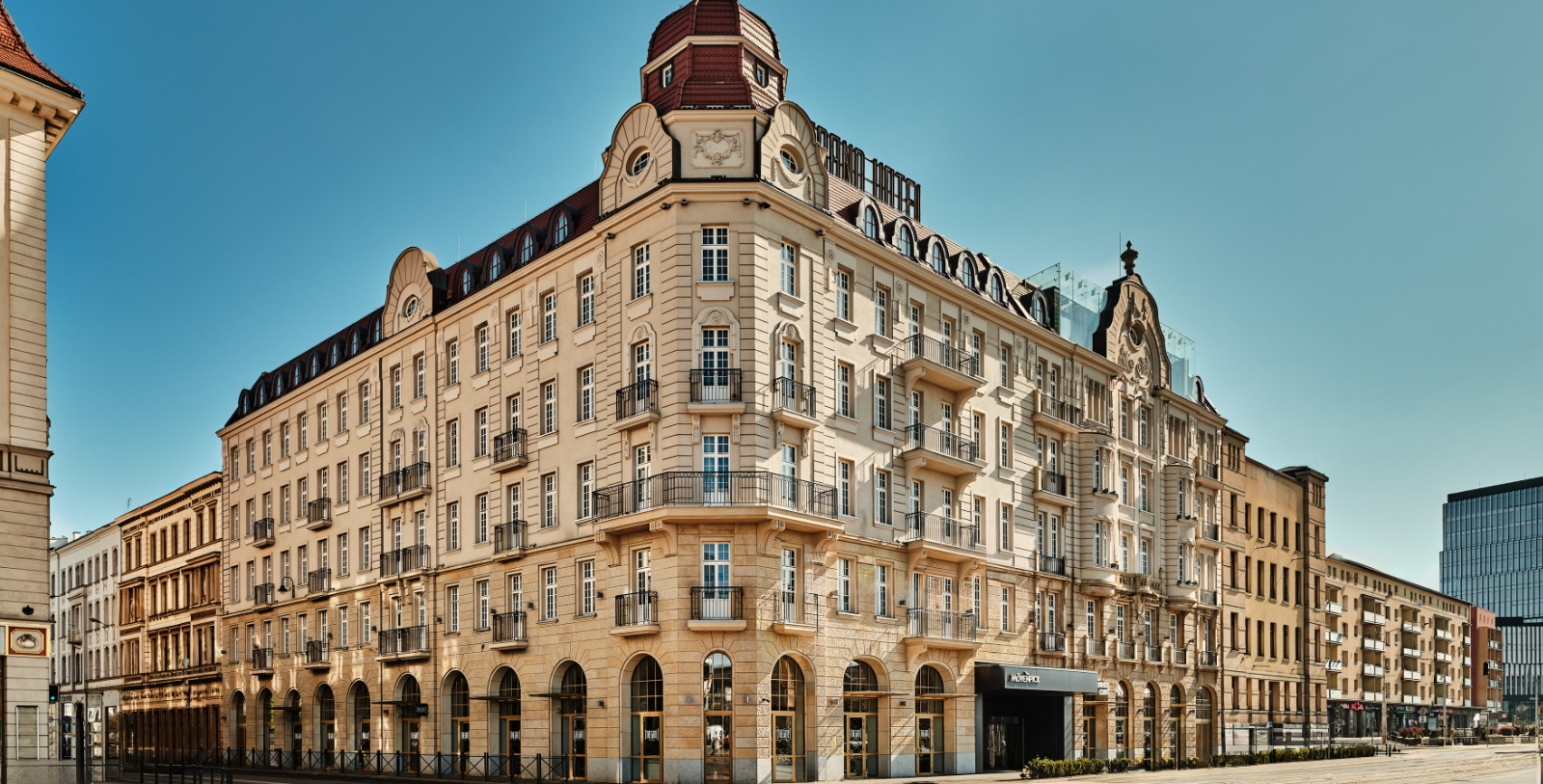Receive for Free - Discover & Explore eNewsletter monthly with advance notice of special offers, packages, and insider savings from 10% - 30% off Best Available Rates at selected hotels.
history
Discover Mövenpick Grand Hotel Wroclaw, which currently stands as one of the most outstanding examples of Art Nouveau architecture in Wroclaw today.
Mövenpick Grand Hotel Wroclaw, a member of Historic Hotels Worldwide since 2025, dates back to 1903.
VIEW TIMELINEThose preeminent guests adored the hotel’s sophisticated guestrooms, exquisite fine dining, and attentive service, ultimately giving the business an enviable reputation that gradually spread across Central Europe. Nevertheless, World War II unfortunately ended the prosperity Hotel du Nord had enjoyed, with the building suffering dearly alongside the rest of Wroclaw amid the Soviet invasion of the region in early 1945. Despite the conclusion of the war shortly thereafter, the hotel struggled immensely to regain its former glory. For decades, the site operated in a diminished state, acting as a faded reminder of its illustrious past. In fact, the building had fallen so far into disrepair that it was forced to close for good by the beginning of the 21st century. But the once-celebrated hotel eventually received a new lease on life when a Polish development company called the Rafin Group initiated a massive restoration in 2017. The project was not merely cosmetic in nature, though—it was a seven-year endeavor that involved complex conservation efforts and technological upgrades. Relying exclusively on former historical documentation like photographs and blueprints, Rafin Group and its team of talented architects faithfully renovated the entire building in order to revive its incredible ambiance. In 2025, the hotel finally reopened as the “Mövenpick Grand Hotel Wroclaw,” resuming its place as one of the area’s premier vacation hotspots. Thanks to the continued stewardship of Rafin Group, Mövenpick Grand Hotel Wroclaw currently stands as a rare example of how history, design, and hospitality can converge to preserve something truly special.
-
About the Location +
Nestled on the banks of the Oder River, Wroclaw is a city whose story is as layered as the cobblestones of its medieval streets. With roots stretching back to antiquity, Wroclaw—once known as “Budorigum”—was already cited on Ptolemy’s world map during Roman times. Over the centuries though, it has since been shaped by Polish, Bohemian, and German residents, each leaving an indelible mark on its cultural landscape. The earliest known settlers in the region were the Ślężans, a West Slavic people who established a fortified town on an island in the Oder River called “Ostrów Tumski.” This tiny village eventually had two major highways converge on-site—the Via Regia and the Amber Road—giving it economic prominence as a hub for trade. Then in 985, Duke Mieszko I of Poland annexed the greater territory of Silesia, incorporating communities like Wroclaw within his fiefdom. Meanwhile, the Catholic Church elevated Wroclaw to the status of an episcopal see at the Congress of Gniezno, with the newly established Archbishopric of Gniezno presiding at its head. The decision, supported by Pope Sylvester II and Holy Roman Emperor Otto III, reflected the mounting importance of the city within the contemporary European world. Wroclaw had become one of the main principal cities in the Kingdom of Poland around the beginning of the 12th century, ranking only next to Kraków and Sandomierz in stature.
Wroclaw’s growth was abruptly cut short upon the start of the tumultuous Mongol invasion of Europe several decades later. The city’s residents reverted to a dramatic act of self-defense in 1241, deciding to burn it entirely to the ground to prevent its capture. Wroclaw rose from the ashes though, attracting German settlers who introduced different customs, including a new name for the location—Breslau. Despite the rising German influence, the city still retained its earlier character, as Poles, Czechs, and Hungarians continued to coexist alongside them. The multicultural nature of Wroclaw augmented its already prominent commercial center, which saw its access to foreign markets expand even farther abroad. Interestingly, the city was actually able to earn a degree of independence as a means of bolstering its ever-increasing affluence. Perhaps the most impressive symbol of the city’s enduring prowess was its ability to join the Hanseatic League, an imposing defensive alliance maintained by the mightiest market towns in Central Europe! Although the Protestant Reformation later introduced some social strife throughout the 16th and 17th centuries, Wroclaw essentially remained a peaceful, prosperous community for generations. The pursuit of great intellectual activities emerged within Wroclaw in consequence, such as the study of actuarial science and the founding of influential Silesian literary schools.
While Wroclaw and the rest of Silesia continued to change hands between various nations (including Prussia and its successor state Germany), it nonetheless saw both its economic standing and population grow exponentially. Industrialization in particular soon spread throughout Wroclaw, transforming the city into a prominent manufacturing center for textiles and metalworking. By the early 20th century, Wroclaw had thus become a thriving, cosmopolitan metropolis. But the following decades witnessed intensifying political tension in the city, which reached its climax with the outbreak of World War II. Wroclaw even endured a brutal siege near the end of the conflict, during which dozens of neighborhoods were completely demolished amid the fighting. Nevertheless, Wroclaw was transferred to the newly recreated nation of Poland under the terms of the Potsdam Agreement at the end of the war. In the years that followed, the city’s residents quickly set about rebuilding the settlement, gradually reviving its incredible historic character. Today, Wroclaw is a culturally vibrant destination defined greatly by its rich past. Cultural heritage travelers should especially enjoy exploring this fascinating destination, given the presence of so many impressive cultural landmarks within its borders like the Old Town Hall (Stary Ratusz), the National Museum in Wroclaw (Muzeum Narodowe we Wrocławiu), and the UNESCO-recognized Centennial Hall (Hala Stulecia).
-
About the Architecture +
Mövenpick Grand Hotel Wroclaw today displays brilliant examples of Art Nouveau-style architecture. Art Nouveau architecture was among the most popular styles in Europe from the 1890s until the outbreak of World War I. It quickly appeared across the continent, referred to by such names like “Glasgow Style,” “Modern Style,” and “Sezessionsstil.” Some of Europe’s most prominent architectural minds employed Art Nouveau architecture, too. Perhaps the greatest example was Hector Guimard, who used the style to create his wonderful Castel Béranger. The term was derived from an article published in the L’Art Moderne to introduce the work of architectural collective Les Vingt toward the end of the 19th century. Architects who embraced the Art Nouveau were part of a growing demographic of intellectuals that yearned to create novel artistic forms that broke with the imitative historicism of the past. More importantly, they wanted their new architectural motifs to reflect imaginative creativity, especially as European society became increasingly more structured and industrialized. Over time, those professionals created a design aesthetic characterized by its curvaceous lines and use of organic shapes. Objects from nature were featured prominently throughout the façade of every structure, including the likes of insects and exotic plants. Surfaces often contained terra cotta coverings and ornate tile moldings spread throughout the interior. Sloped arches also defined the windows and doors, while fantastic mosaics existed on nearly every ceiling. Asymmetrical layouts structured many Art Nouveau buildings as well, providing for a unique appearance in many of Europe’s sprawling cities. But Art Nouveau architecture was eventually phased out in favor of a new style known as “Art Deco,” as its emphasis on modernity seemed to better represent the state of Western culture following World War I.

